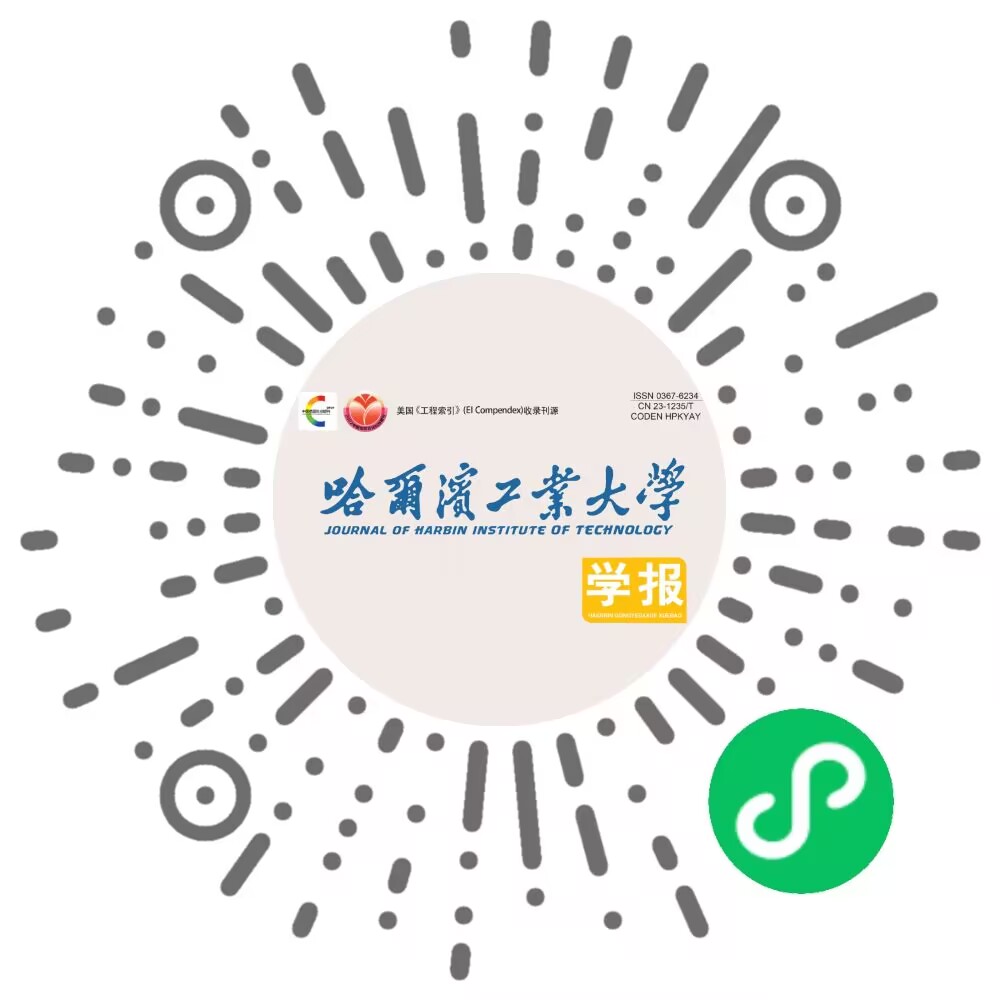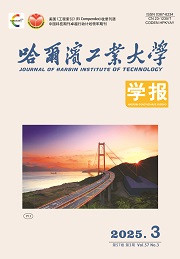| 引用本文: | 王俊颜,刘菲凡,郭君渊.超高性能轻质混凝土的循环拉伸力学性能[J].哈尔滨工业大学学报,2021,53(4):170.DOI:10.11918/202009053 |
| WANG Junyan,LIU Feifan,GUO Junyuan.Cyclic tensile behavior of ultra-high performance lightweight concrete[J].Journal of Harbin Institute of Technology,2021,53(4):170.DOI:10.11918/202009053 |
|
| 摘要: |
| 超高性能轻质混凝土(ultra-high performance lightweight concrete,UHPLC)是一种具有高拉压比和拉伸应变强化特性的轻质水泥基材料。为了阐述UHPLC与钢筋在钢筋屈服点之前的协同受拉机制,针对一种密度为1 789 kg/m3、抗压强度为63.1 MPa、极限拉伸应变约为2.4×10-3~2.8×10-3、极限抗拉强度约为6.9~7.8 MPa的UHPLC,采用自主研发的拉伸测试装置,研究其循环拉伸力学性能,分别考虑了4种加载条件(循环应变分别是2.0×10-4、5.0×10-4、1.0×10-3、1.5×10-3)。试验结果表明:不同加载条件的UHPLC的循环拉伸应力-应变曲线的包络线与单调拉伸应力-应变全曲线具有较高的重合度;循环加载曲线的残余应变、加载刚度、卸载刚度均反映了桥接微裂纹的纤维脱黏状态,残余应变越大,说明纤维的脱黏长度越长,将导致UHPLC的加载、卸载刚度降低;UHPLC在循环加载作用下的累积应变小于其极限拉伸应变时,多次循环加载主要是对已脱黏部分纤维的循环拉伸作用;UHPLC的循环加载刚度退化率与累积残余应变的关系符合幂函数关系,拟合度为0.99。UHPLC的循环拉伸加载刚度本质上由纤维参与受拉的有效长度(脱黏部分)决定,可用累积残余应变来表征。 |
| 关键词: 超高性能轻质混凝土 循环拉伸加载 力学性能 刚度 应力应变曲线 |
| DOI:10.11918/202009053 |
| 分类号:TU528 |
| 文献标识码:A |
| 基金项目:浙江省交通运输厅科技计划项目(2019-GCKY-01) |
|
| Cyclic tensile behavior of ultra-high performance lightweight concrete |
|
WANG Junyan,LIU Feifan,GUO Junyuan
|
|
(Key Lab of Advanced Civil Engineering Materials (Tongji University), Ministry of Education, Shanghai 201804, China)
|
| Abstract: |
| Ultra-high performance lightweight concrete (UHPLC) is a kind of lightweight cement-based material with properties of high tension and compression ratio and tensile strain-hardening. To investigate the collaborative tension mechanism between UHPLC and steel before the yield point of the steel, a self-designed tensile loading system was used to conduct cyclic tensile loading. The adopted UHPLC has a density of 1 789 kg/m3, compressive strength of 63.1 MPa, ultimate tensile strain of 2.4×10-3-2.8×10-3, and ultimate tensile strength of 6.9-7.8 MPa. Four cyclic loading conditions were applied, i.e., tensile strains were 2.0×10-4, 5.0×10-4, 1.0×10-3, and 1.5×10-3, respectively. Test results show that the envelope curves of the cyclic tensile stress-strain curves were in high consistency with the direct tensile stress-strain curves. The residual strain, stiffness of loading, and stiffness of unloading that derived from the cyclic loading test reflected the debonding situation of the fibre at bridged micro-cracks. The larger the residual strain was, the longer the debonding length of the fibre was, which resulted in the reduction of the loading and unloading stiffness. When the cumulated tensile strain under the cyclic tensile loading was smaller than the ultimate tensile strain, the multiple cyclic loading led to a cyclic tensile action on the debonding part of the fibre. The degradation rate of the loading stiffness and the cumulated residual strain followed a power function with a fitting degree of 0.99. The stiffness of the UHPLC under cyclic tensile loading was decided by the effective length of the fibre (the debonding part) under tensile loading, which could be characterized by the cumulated residual strain. |
| Key words: ultra-high performance lightweight concrete cyclic tensile loading mechanical properties stiffness stress-strain curve |







